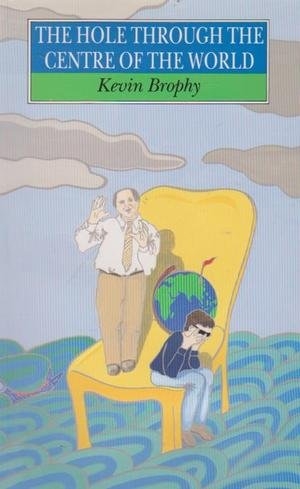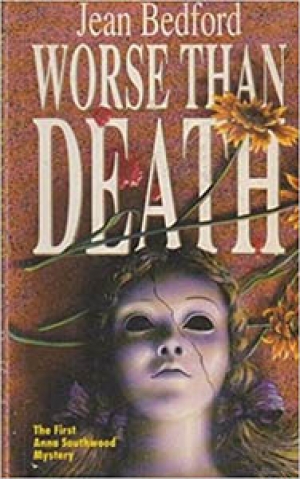Archive
Dear Manning,
I’m writing you this letter for want of better ways of continuing the conversation we’ve been having for the past eight years, sustained by weekly letters while I was in Japan. We began to walk and talk in 1983 as you were preparing for heart surgery and I wasn’t coping with a broken heart. You wanted someone to walk with, and I needed company.
... (read more)Wolves and goats. The goats represent the ego. They control time, represent culture, continuity, the status quo. They live in the grandfather clock that is at once history and the records of the psychoanalyst. The wolves are the id, the unconscious, desire. They are also reason, and they triumph over time. The Wolf-Man led Freud to his understanding of the war of the id on the ego. Freud identified as neurotics those who, unable to live with the war, regress to the instinctive, the primitive, the animal.
... (read more)In the opening pages of Jewels and Ashes a man of eighty stands on a chair, his arms outstretched, describing the tree he remembers from his childhood. How beautiful and tall and wide it was, as it stood in the forest called Zwierziniec, on the outskirts of Bialystok, Poland. How strong his family was, how it branched and grew and prospered, in those years before 1939!
... (read more)Michael Guest reviews 'Red On White' by Kit Denton, 'The Siberian Sparrows' by Ian Mcfarlane, and 'A Drop in the Ocean' by Steve Wright
Critically reviewing a populist genre novel requires a particular cribbing, a playing off against deep-seated transcendental notions of literature that tend to motivate pronouncements upon the relatively good and bad points.
... (read more)What do you do when you wake up in the morning and feel the shifty shadow of God lurking? You stay in bed, and hope that it’ll pass you by, that’s what. Sam Pickles doesn’t. He goes to work and loses his fingers in a winch: when he takes his glove off, they ‘fell to the deck and danced like half a pound of ...
... (read more)Michelle de Kretser reviews 'The Hole Through the Centre of the World' by Kevin Brophy
Current events in the Gulf suggests that the political lessons of this century notwithstanding the unbelievers of the West still have faith in the efficacy of the short sharp shock administered by a hi-tech war. Religion sustains one side, Science the other and God of course, as always, is on both.
... (read more)Rudyard Kipling could not understand why his cheque account was so much in credit. The answer was that the tradespeople in his village were selling his signature to autograph collectors for more than they would have received by presenting Kipling’s cheques to the bank.
... (read more)'Canberra Literary Centre of Australia' compiled by Rosemary Sorensen
In his Canberra 1913–1950 Jim Gibbney summarises the indecisions which accompanied the establishment of a site for Canberra around the turn of the century. When finally, in December 1908, Yass-Canberra was decreed the Seat of Government, it brought to a close nearly two decades of hesitation – at least Australia knew where the Federal Capital was to be situated, if not what kind of city it was to be.
... (read more)Tim Rowse reviews 'Take this child ... from Kahlin Compound to the Retta Dixon Children's Home' by Barbara Cummings
Barbara Cummings’s history combines archival research, interviews with her peers, and autobiography to declare the common experiences of an Aboriginal sub-culture, the ex-inmates of the Retta Dixon Home in Darwin. She deems it ‘a first step in our healing process’. It is also an outstanding contribution to feminist and Aboriginal history.
... (read more)Jane Stephens reviews 'Worse Than Death' by Jean Bedford (with Tom Kelly)
The publisher’s blurb for Worse Than Death notes that the book is ‘a long awaited move across genres for Jean Bedford’. A backhanded compliment, but no doubt sincerely meant. As it happens, the first Anna Southwood mystery is a pretty lacklustre effort – far from the ‘tight and pacy read’ promised by this same blurb.
Anna Southwood, a tomboy type with – you guessed it – unruly red curls – has set herself up as a private investigator after the death of her husband. He has made a quid or two from shady deals, she has time on her hands, a career in mind and a mate with a PI’s licence.
... (read more)





